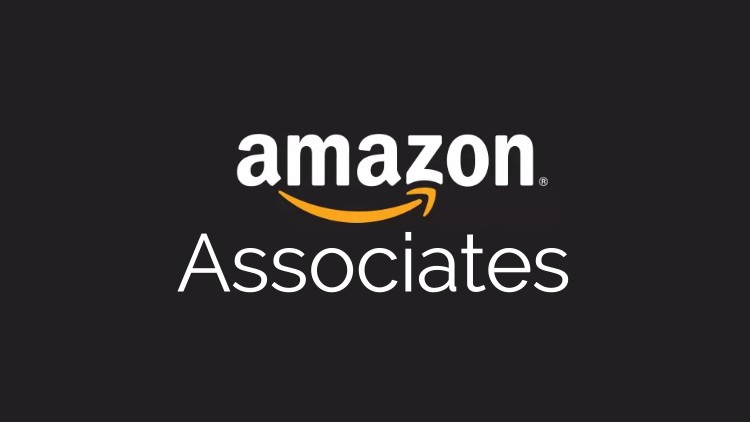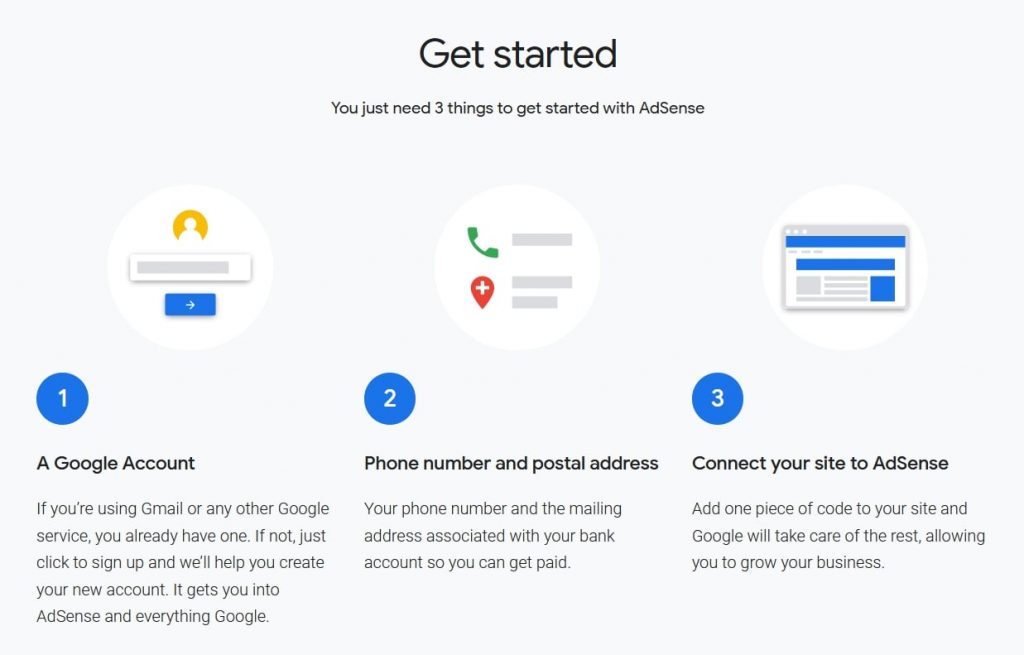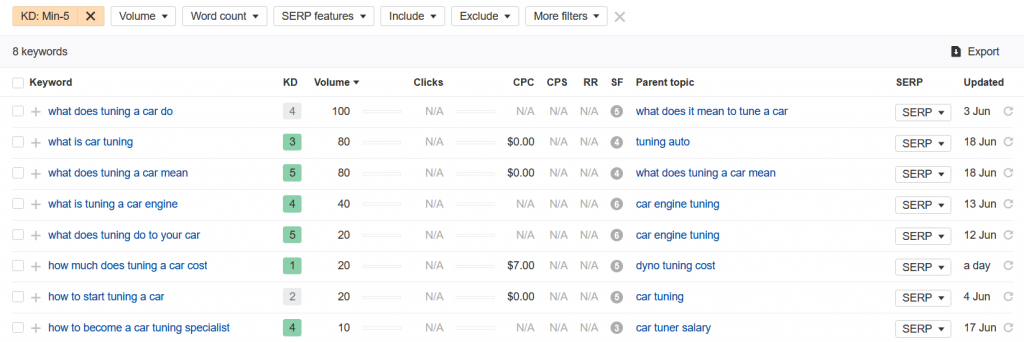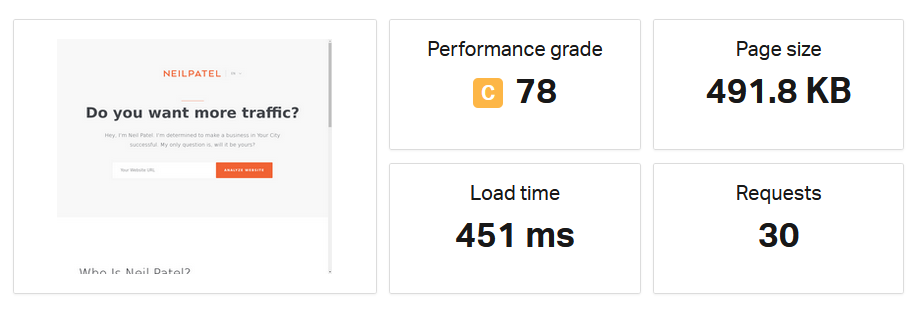Blog

The 5 Pillars of Starting a New Blog
By jack123 | SEO | 0 Comments
The 5 Pillars of Starting a New Blog
Starting a blog is a good gateway to making money online for many people. It’s a classic internet marketing strategy that gets a lot of people interested in this ecosystem. But, beginners often make a huge ton of mistakes that result in their blog failing. We concluded from our research and past experience that there are five pillars of starting a new blog that any beginner needs to take into consideration.
Blogs are also a great way for small to medium businesses to get new customers. If you have a digital business, a blog is one of the best ways of increasing your revenue. Although we’ll approach this article more form the standpoint of using a blog as a business on its own, agencies and other digital businesses can make good use of these tips too.
Here are the five pillars of starting a new blog in 2020:
- Pick a Niche
- Figure Out Your Monetization
- Do Thorough Keyword Research
- Plan Your Content
- Do SEO
Let’s get more in-depth now.
1. Niche
If you haven’t launched a blog yet, then read this carefully. The niche you’re picking is an essential factor that will determine your success. If you’re going after a saturated market, you might experience tremendously slow growth and slim to no profits or traffic. Many beginners just go after the most popular terms and industries thinking they will get a lot of traffic. But this is a huge mistake.
The high-traffic search queries and niches are already dominated by a lot of marketers and businesses with huge experience and an endless marketing budget. They can spend a lot of resources on content writing, research, and SEO, knowing that they will get tenfold back. But, if you’re just beginning, you might only have time to invest in a blog and zero money.
Competition
Due to this scarcity of resources, you should go after a less-competitive niche. “Cars” is not a niche but an industry. However, “car tuning,” “car restoration” or even “classic cars” is an actual niche. Beauty, health, fitness, and tech represent some of the highest paying industries but they are also the most competitive ones.
You can enter one of their sub-niches but even that might represent a difficulty if not done correctly. You’ll want to choose a niche that has a rather small competition but still pretty decent monetization potential.
Finding these niches is not necessarily as hard as it seems. First, make a list of all the things you’d like to write about, or the things you’re an expert at. You can also consult Wikipedia’s list of hobbies for ideas – this is a good start. It is very important to like that niche as you’ll be the one writing all the content in the beginning.
Your niche also needs to have an abundance of low competition queries. These will often be long-tail keywords with informational intent. They are easy to go after, even if the search volume is lower. If you can rank first for a 500 volume keyword you can get more clicks than ranking 10th for one with 5000 volume. You can find such keywords by doing search analysis using the Alphabet Soup method or by using the Ahrefs keyword explorer.
Payout Potential
You very much need to consider the cash flow opportunities of your niche. Getting 100k unique visitors a month it’s useless if you can’t convert them into money. Depending on your monetization methods, some niches will be more suitable than others.
2. Monetization
As mentioned in the niche research, you need to figure out your blog’s monetization before even starting out. This will give you a lot of clarity along the process and enable you to write articles that will serve that purpose. Here are our favorite methods of monetizing a blog.
Affiliate Marketing
Affiliate marketing is one of the simplest and most profitable ways of monetizing a blog if you’re starting out. You only have to select a few popular products from your niche and include links to them on your website. For each sale generated through your link, you get a commission.

It’s not difficult but you do need to consider a few things before starting out. You are going to need a lot of traffic before using affiliate marketing. If you only get a handful of clicks, filling your website with links will be useless. You should only consider doing affiliate marketing once you get about 10K unique visits a month.
Your platform of choice is also going to play an important role. Amazon is one of the most used marketplaces for affiliate marketing. It has its upsides and downsides. If you’re using a platform as big as Amazon, your conversion rate is going to be higher. More people will be buying from your links because they trust Amazon, and many already have accounts.
But, at the same time, your commissions will be lower. Amazon deals with physical goods so your commissions will be lower by default. But, they further reduced everything recently, the lowest commission being 1% on tech.
Digital Products
You can also monetize digital products instead of physical ones. They have no overhead cost which means that the owners are more than likely to give you a higher commission. On Clickbank, some products even have a 50% commission. This means that instead of making a few cents for each sale, you’d be making real cash.
The downside of digital products is that people are less likely to buy something that’s not tangible. This will lower your conversion rate, resulting in fewer sales. But, you can easily make up for it thanks to their commissions.
Advertising
Advertising is something you can start from day one. You can sign up for Adsense without since they don’t have that many requirements. In the first few months, you will not be making a lot of money from ads but it might be good enough to get a pizza or a coffee.
Adsense is pretty terrible for scaling since their rates are very low. Once you get about 10K unique visits a month you can switch to a more premium ad network that’s willing to pay more. Your RPM (revenue per thousand impressions) will vary based on the network you use but also based on your niche.

Adsense has no requirements and their RPM is the worst. At 10K visits, you can switch to Ezoic and get a way better RPM. However, your goal should be to eventually switch to AdThrive which require 100K unique visits/month. Their RPM can be as high as $15-30 sometimes but I’d say anything around $5-10 is pretty decent.
At $5 RPM and 100K visits, you can make $500/month. If you get to $30 RPM with the same stats you can even make $3000/month from a single blog.
Sell a Product or Service
Now, advertising and affiliate marketing are all great. They can generate a nice bit of revenue for you, especially if used together. But, if you want to make the most out of your blog, you should create your own products and services.
If for Amazon you get a 3% commission and 10-50% for Clickbank, you get 100% for selling your own stuff. Even if you have 10K unique visits a month (which isn’t that much) and you’re selling an eBook for $10 at a 3% conversion rate you can make $3000/month. You can make $1000/month even with a 1% conversion rate, which is on the low end of the scale.
The key secret to selling your own products or services is to build a relationship with your audience. The better they know you, and the more trust they have, the higher your end conversion rate will be. If you’re selling a high-end service, or you’re providing a subscription service, the LTV (lifetime value) of your users will only be higher.
3. Keyword Research
Alright, now that we figured out your niche and monetization, you need to get traffic. Having affiliate links, ads and product offer on your site is useless if nobody’s going to see them. To get more traffic, you need to do some solid keyword research.
Articles will be your main traffic source. If you write articles just about any topic you’ll waste a lot of time. Preconceptions in blogging can be fatal. What you think is interesting will not always get traffic. There are two great ways of going after low-competition keywords that have traffic.
Let me reiterate, low-competition is the way to go. If you write 100 articles and you can rank high for a bunch of keywords, you’re going to get a huge amount of traffic even if the search volume of each keyword is not the highest. Let’s see how we can find these.
Alphabet Soup
Google is going to be your best friend when trying to find great keywords. Do you know how each search you make results in a dozen suggestions from Google? That’s the algorithm’s way of telling you what’s hot in your niche.
If you check the search volume of those suggestions with an SEO tool, a whole bunch of them will have no traffic. This is your advantage. Many people solely rely on SEO tools for keyword research. But, those tools are flawed, they can’t be right all of the time. They use estimations that don’t always depict reality.
A lot of people will just avoid these Google suggestions on the base that they have no search volume. But, the algorithm suggests them for one reason in particular: people search them all the time! If your niche is low competition, you’ll be able to find a bunch of keywords like these that are not covered by anybody.
Just go on Google and write “how-to” followed by your niche terms. Play around with the queries and compile a list of at least 100. Then, go on Google and check out the actual competition you have. If huge websites are ranking for those queries, you might want to avoid them. If no-name blogs are ranking with thin content for those keywords, you struck gold.
Keep in mind, many of them will be hit or miss. But even if 50 out of 100 keywords have actual traffic and you can rank for them easily, you’re in the money.
Keyword Explorer
Ahrefs is by far one of the best SEO tools out there. It is rather pricey for beginners but it can represent a good investment once you’re established. You can take on their $7 trial for 7 days and use it for keyword research. It’s well worth it.

In their keyword explorer, you can just input your niche and find a bunch of great keywords. Set the maximum KD (Keyword Difficulty) to 5 and you’ll get some low competition terms. Consider the actual competition from the SERPs and the search intent of that keyword.
If there are a bunch of buyer intent keywords just stay away from them as they are not essential for blogging. But, if you do find questions and other informational queries you might have found something good.
4. Content Strategy
I won’t get too in-depth into how to write SEO-optimized articles as we created a bunch of other blogs on this topic. Instead, I will be talking about your content strategy and how it can help your blog succeed. Most beginners don’t have such a strategy in place and their content is very impulsive based on what they feel like writing that particular day. That’s a bulletproof solution for failure.
You’ll want to use the “10-10-10” or “30-30-30” rule for your content output. The name doesn’t matter too much. What matters is that you’re splitting your articles into thirds. You’ll want to write 30 response posts, 30 staple posts and 30 pillar ones, in that order.
The response posts should be about 1500+ words each. They are just articles covering question queries from Google. They are meant to get your first wins. The staple posts are about 2500+ words and are more complex. These are short listicles, how-tos, and guides. And, the pillar posts are 3500+ words each, they are the bread and butter of your niche. These are in-depth guides covering core subjects from your niche.
Besides dividing your content like this, you should also schedule it beforehand. Create a spreadsheet with all of your keywords, content ideas, and titles ahead of time. If you’re doing this research in advance, you avoid having a writer’s block and you’ll be far more likely to succeed.
Write as many articles as possible yourself if you’re on a low budget. They will take a couple of hundreds of hours but it’s well worth it in the end. Once you get some money, you can start hiring writers.
5. Optimization
When it comes to starting a blog, there are two schools of thought. The first category considers that content is the only thing that matters and you shouldn’t focus on anything SEO-related. And, the second category believes in the power of high-quality content but still prefers to give articles a tad bit of boost through SEO.
I fall into the second category. Google has a so-called sandbox for new blogs. New websites won’t get much traffic within their first six months. This is more or less true but one thing is sure, SEO can shorten that period and increase your likelihood of getting some solid rankings and traffic.
If you’re targeting low-competition keywords with high-quality 2000-3000 word articles and performing SEO on your website, there’s no way you won’t get lots of traffic. For the optimization, there are two things you should focus on.
Technical SEO and Speed
Technical SEO is pretty basic but can be important. You should optimize your articles a bit by including your target keyword a few times and having a good meta description. There’s not much to do here.

What’s more important I’d say, is for your website to be in “good shape.” The simpler the better is a good rule of thumb here. Use WordPress as your CMS and try to use a simple website theme that’s pretty lightweight. Ocean WP is a great free option and so is GeneratePress.
Try avoiding all the crap plugins and don’t be too cheap on hosting. A shared hosting plan is budget-friendly but can hider your load speed. Consider switching to a dedicated or VPS plan once you get some cash flow from the site. This will improve page speed a lot and that’s very important for the user experience.
Link Building
You hate it or love it, link building is a great way to increase your authority. For a new website, authority is crucial when it comes to winning rankings. Stay away from any of the black hat stuff that involve PBNs and low-quality links.
Just build some natural links to your site. Set up your social media accounts (Facebook, Instagram, Twitter) and build some social signals. Share each of your articles on these platforms and you might even get some traffic. A YouTube channel is another good idea both for improving your SEO but also for getting more traffic. You could monetize your channel and blog as a package.
If you’re a bit of an authority in your space you can also reach out to some other blogs and publish some guest posts. They will signal your authority to Google and this will speed up the ranking process. Don’t overstress about the links and try to build them in a silo structure to maximize their potential.
Conclusion
Building a blog can seem a bit overwhelming to many beginners. It’s not the easiest thing to do and it’s certainly not a “make money quick scheme.” The system we shared above is the best way to build a successful blog but it will take some time.
If you follow these steps in that order, there’s no way you won’t be able to build a successful blog and make a living out of it.
